What to feed the children in the Soviet institutions
Categories: Food and Drinks | History | World
By Pictolic https://pictolic.com/article/what-to-feed-the-children-in-the-soviet-institutions.htmlThe craze for middle-aged people cooking is understandable. We were fed in kindergartens and schools, that the psyche is trying to oust childhood trauma.
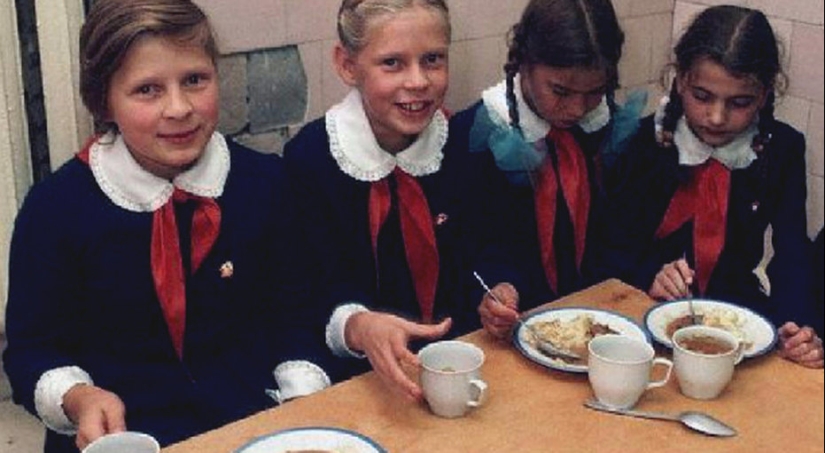
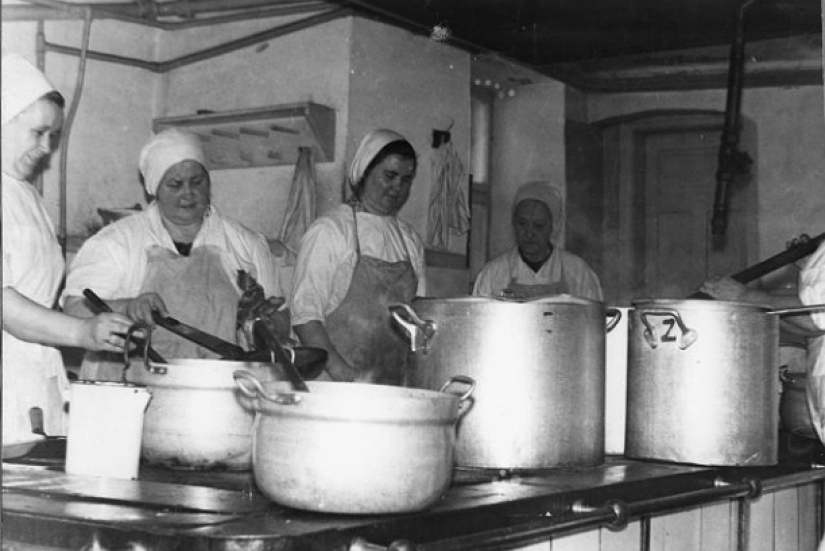
Not so long ago, when I was in the hospital, kind old nurse asked us: "Girls, will you be dining?" "What you got there?" — we asked. She with doubt looked at the huge aluminum pan and mused, "I Think the pasta". With the smell came flooding back childhood memories.
If you ask people over the age of 35, most worryingly of childhood do you remember, of course, there are different opinions, but one thing is common — awful food. Fully admit that cooks in kindergartens and schools were lovely, kind and with Golden hands. Simple products have been strange, but they are brought home. Therefore, the output in baby plates got something.

It's hard to call some decent short, soup or soup, for example. It was all first. Pickle leads the list of terrible first course. Barley, which is added to it decent people for satiety, never seethe and banged on the bottom of the dish, as the stones. Cucumbers, in turn, cheerfully popped up. Have you ever seen a kid who loves hot boiled pickles? Here I am not.
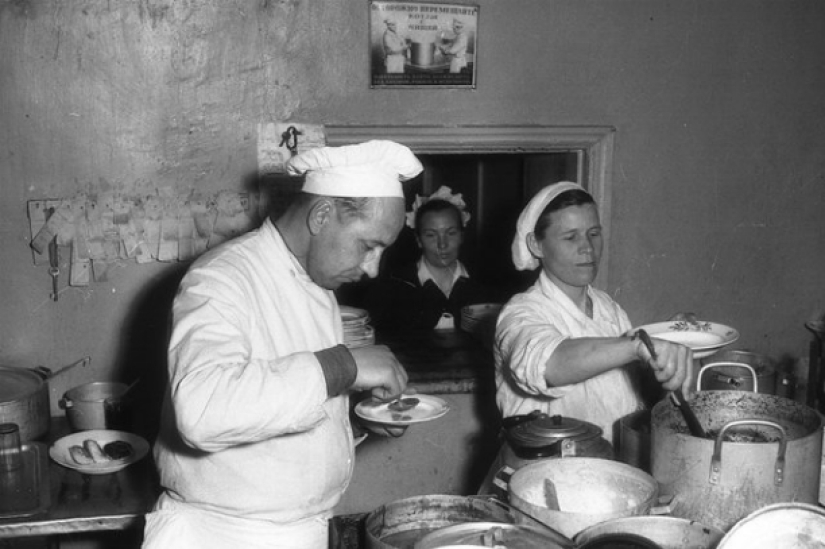
Soup. Terribly sour and ugly. Sometimes they came across a chicken head, Yes, the real ones with the scallops. And even chicken feet. No feet and legs, namely paws — yellow with a thick skin and claws. Besides the soup somehow always smelled like dirty rags. Assume that the taste was about the same. Well, it's just I grew up in a happy family, and I never had a chance to try a boiled with a wet cloth.
Soup from canned fish. Yes, children, do not be alarmed, your mother and this was getting lunch in the dining room. Usually sprats in tomato sauce. Beautiful red eyes.
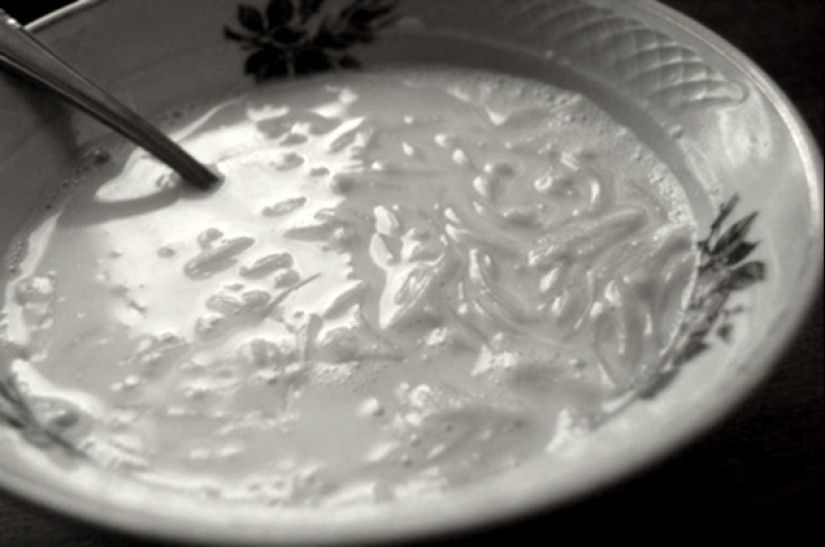
Milk soup. It's been two configurations — sweet and salty. Always with greyish pasta and potatoes, sometimes with dried fruit, sometimes it floated something else. What to consider was impossible.
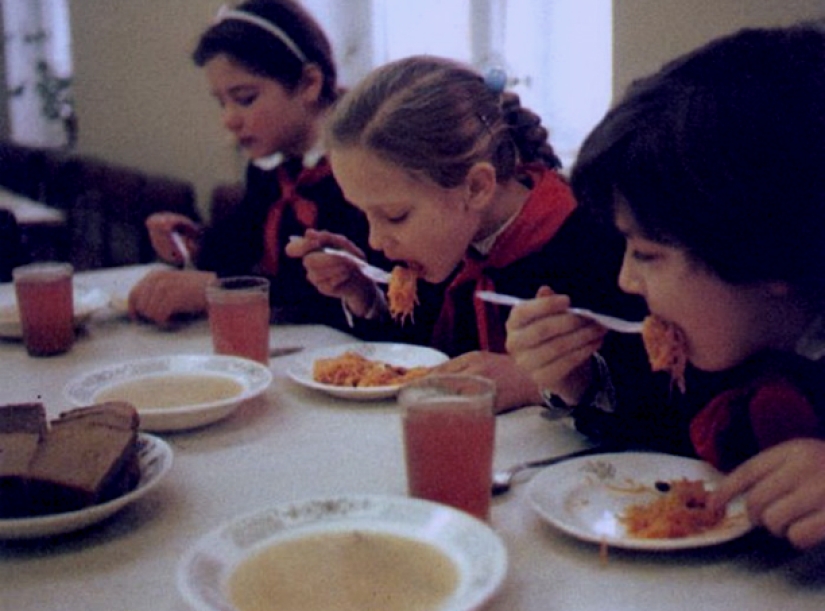
Many argue that semolina is delicious. Yes, of course. When her mom's cooking or grandma, not the cook in the canteen. Rarely, when she is not burnt, a greater miracle was the lack of clumps (one of my friend called porridge with lumps with "polkami"). And given that cooked directly on a large children's team, it still got cold at the time of filing.
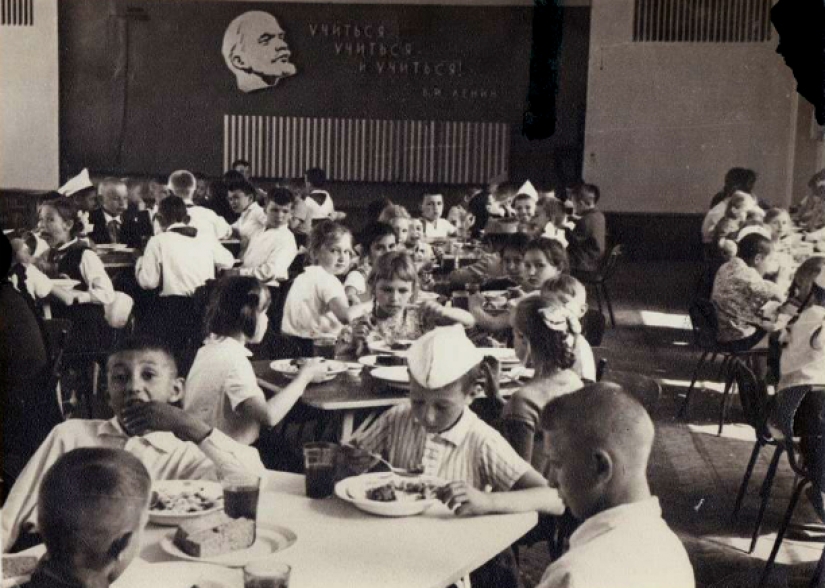
"Favorite" mess most of us barley. Whoever came up with that you can feed it to kids in school, never allowed into heaven. Especially an unpleasant surprise was the day when barley combined with meatballs in tomato sauce or cooked braised liver. Look this dish made me think that this is someone who ate. It smelled the same.
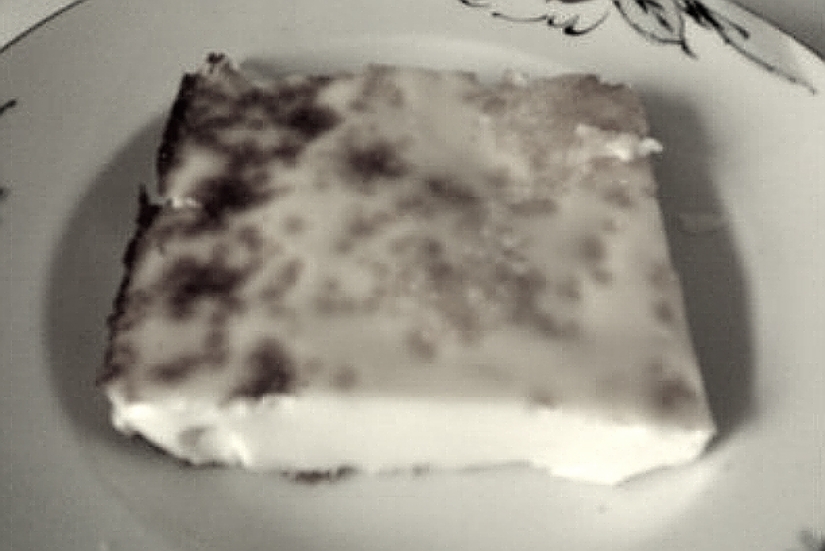
Scrambled eggs. Hard to imagine that it was made of real eggs. Because these eggs were given separately digested to blue color. But the omelet was not blue, and brownish-green, must be a powder. Omelette do not cut plug from it bounced as from rubber toys. Eat it with pleasure could probably pilot maresiev hero. But he ate the hedgehog!
Meatballs many, even liked. Mostly they consisted of bread, and served with a blue monolith pasta, buckwheat porridge or "Artek". Pasta was still a casserole, it relied fish cakes, boiled or fried fish, pilipovka to her lips.

Tea, milk, cocoa. It would seem, well what is there to worry? But when you consider that tea is boiled in a huge pot at all, he was very peculiar. They say they added soda to color. You should not try, children. Milk and cocoa immediately poured into glasses. The most important thing to them was foam!!! In each class studied the kind of person who ate them disdainfully pulled on a silver platter. The others watched with awe.
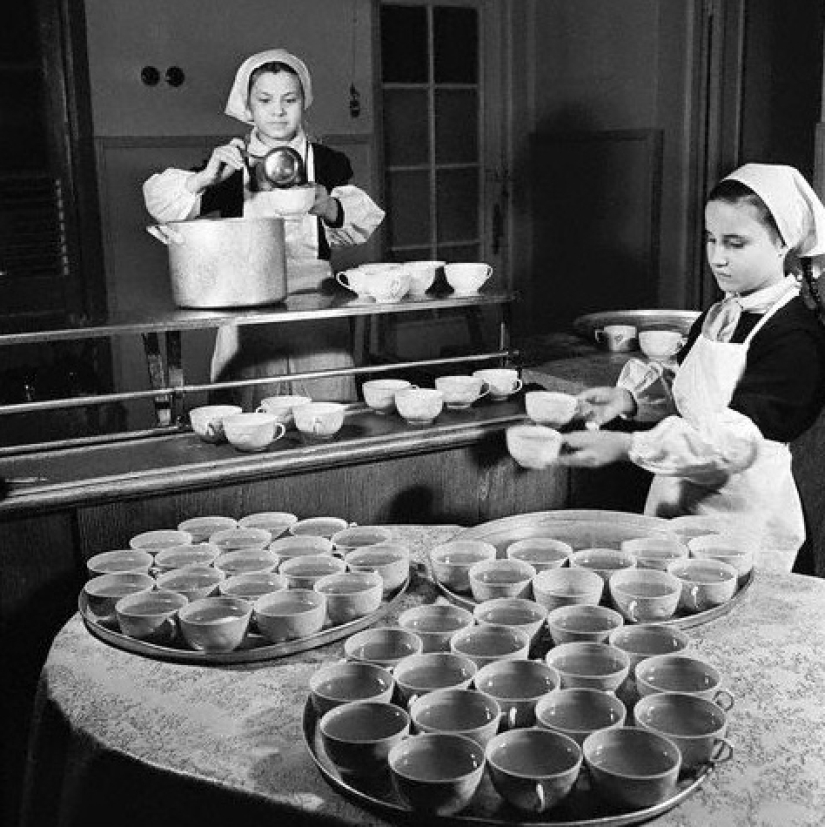
Special offer was jelly. Gray-brown-crimson, milk or suddenly pale green color, the taste, however, was always unclear-and honey. Common in all configurations was his consistency. Thick, thick, very thick. Sometimes it was impossible not to drink, and just have to shake the Cup. I suspect that the teenage mutant ninja turtles in the sewers could well have arisen in the remains of the jelly.
And the nightmare of childhood — fish oil! Him in the garden before lunch, the teacher filled in each spoonful into his mouth. The weakest spirit asked me to pour fish oil into the soup. Imagine a soup with fish oil? Amazingly, we survived, and grew even pretty healthy. But today, when I see my friend's post on social networks photos of the breakfasts and dinners, I'm totally not nervous. A man who grew up on canteen food, normal food can't be annoying!
Keywords: History | School | World | Soviet Union | Childhood | Kindergarten | Food and drink | Dining room | Catering
Post News ArticleRecent articles

Jacques-Henri Lartigue (1894-1986) is perhaps the most famous "amateur" in the history of photography. The art world discovered his ...

It turns out that an active lifestyle is useful not only for the body but for the brain. Exercise strengthens muscles and spirit, ...
Related articles

Compared to the 1970-ies 1980‑e years were a time of cautious optimism in new York. Boom on wall street fueled the speculative ...

Many are tormented by the question — why do some grow long nails on his pinky. If you ask the owners of such "decorations", we ...

May West once jokingly said that she should be given a license to invent sex, which she discovered for Americans. The name of this ...

Most major companies profanity is not encouraged. It is considered that the profanity — it is a sign of disrespect for ...